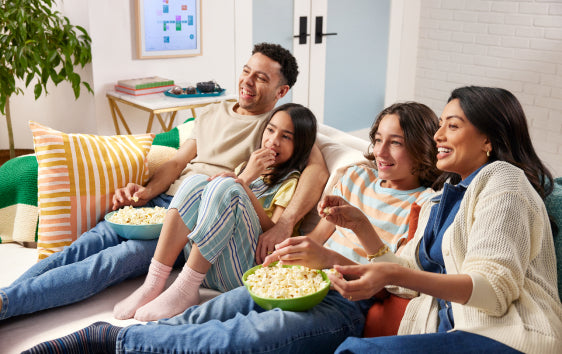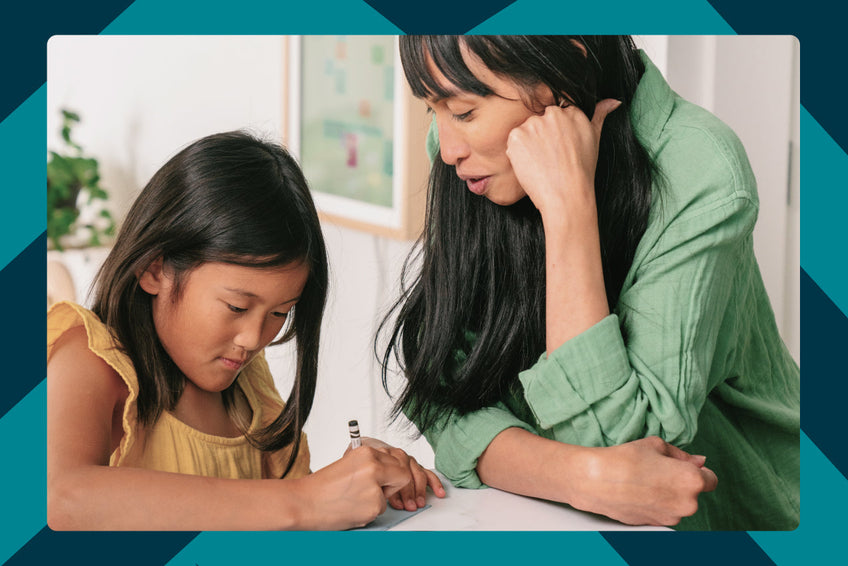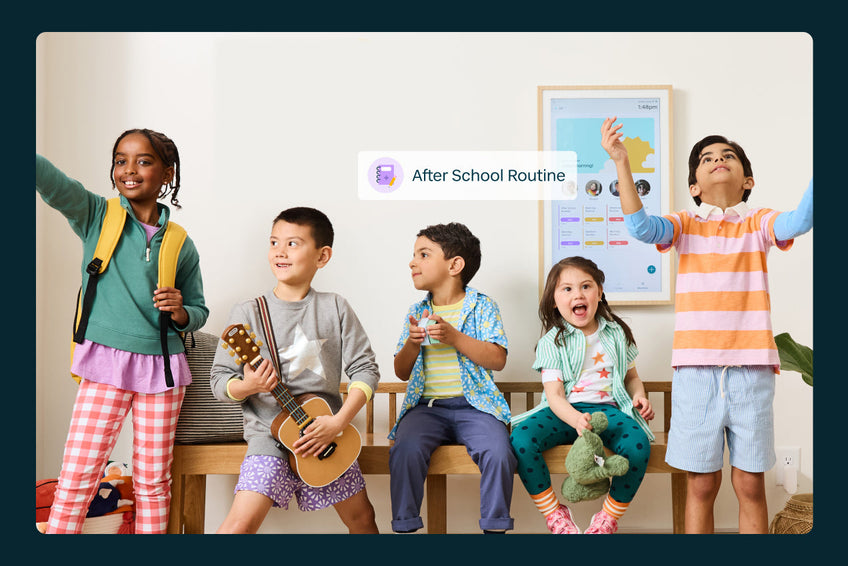This article was written by Hearth’s After School expert, Dr. Rachael Yates, a child and adolescent neuropsychologist.
The holidays are right around the corner — a season overflowing with family, food, and tradition. It’s also a season rich with growth. As a neuropsychologist (and a parent who loves a good pumpkin pie recipe), I see the kitchen as one of the best places to support children’s development — especially this time of year.
When we invite children into holiday food responsibilities — planning a menu, prepping ingredients, setting the table — we’re doing much more than checking chores off our list. We’re strengthening our children’s executive functions — like planning and time management — building fine-motor and language skills, and nurturing confidence and creativity.
Here are six research-informed, age-appropriate ways to get your kids involved in the kitchen this holiday season:
1) Make the Menu a Family Conversation
Involving your children in the holiday food planning process is an executive-function workout: kids practice prioritizing, sequencing, and time management while feeling ownership of the day. Invite each child to suggest one or two dishes, talk through guests’ dietary needs, and sketch the timeline. Research suggests that when children participate in meal planning and preparation, they’re more likely to try new foods and feel invested in the shared meal — a big win for even the pickiest palates.
2) Turn Your Master Plan Into Digestible Steps
Make the plan actionable. Use Hearth Routines and Lists to break the day into time-bound tasks and build shared checklists — ingredients, tools, and serving pieces included. Prioritize steps and add gentle reminders like “defrost” and “set the table” so everything runs smoothly. Turning a big goal into smaller, doable actions keeps everyone organized and teaches kids real-world planning.
3) Plan (and Do the Math) Together
Meal planning, shopping, and cooking with your child strengthen math, nutrition, and science skills — time, measurements, temperatures, and fractions show up naturally in every recipe. Hot tip: Use AI-powered Hearth Helper to build your Thanksgiving menu and generate a shopping list before you head to the store together.
4) Give the Right Job to the Right Helper
Assign kitchen tasks that match your child’s age and abilities. Toddlers can wash produce, tear lettuce, stir, pour, and press cookie cutters. School-age kids can sort, measure, mix, crack eggs with guidance, and chop soft foods with a child-safe knife. Older kids and adolescents can take on more responsibility by reading recipes, gathering ingredients, using appliances (with supervision), and chopping confidently. The right fit builds confidence and responsibility.
5) Invite Creativity in the Kitchen
Holiday cooking is a creative endeavor. Encourage your child to experiment with flavors and textures—choose a new spice, invent a garnish, plate a dish, or tweak a family recipe. Creativity keeps kids engaged and turns the meal into something they helped shape.
6) Set the Table and Celebrate Effort
Invite kids to create place settings and decorations, arrange a simple centerpiece, and help with the final setup. At dinner, name the specific ways they contributed — washing greens, measuring flour, arranging the table — so they feel proud and connected to the meal. Thanksgiving is about gratitude; share it generously.
Food is at the heart of the holidays. Hearth helps make it more joyful and less stressful. When you plan together, organize the steps, and celebrate every helper, you’re not just feeding your family — you’re growing skills and memories that last well beyond the season.
Wishing you a warm, connected holiday — and a kitchen full of eager helpers.
— Dr. Rachael Yates and the Hearth team




